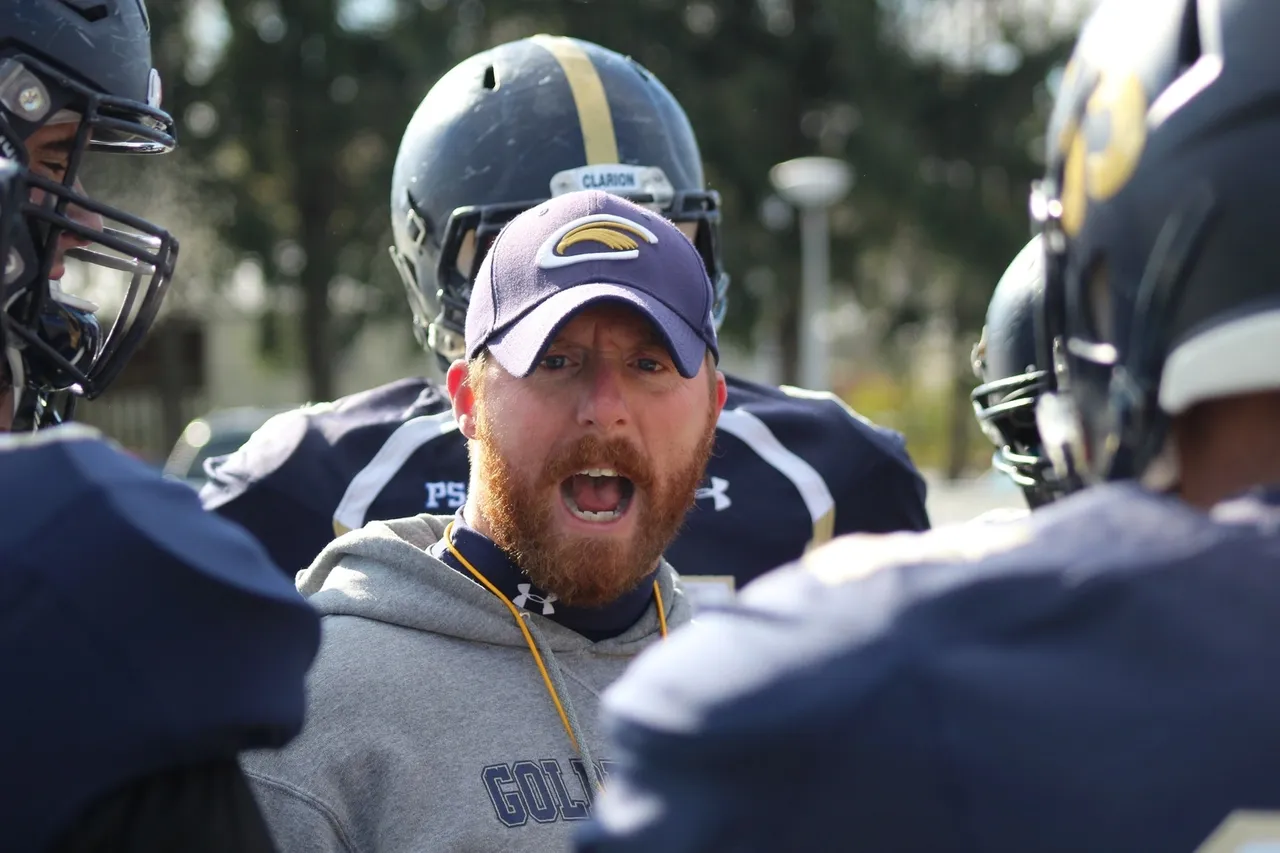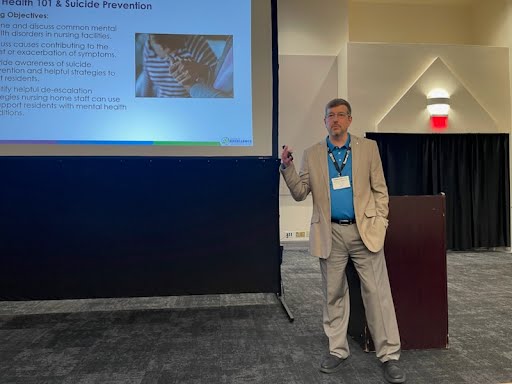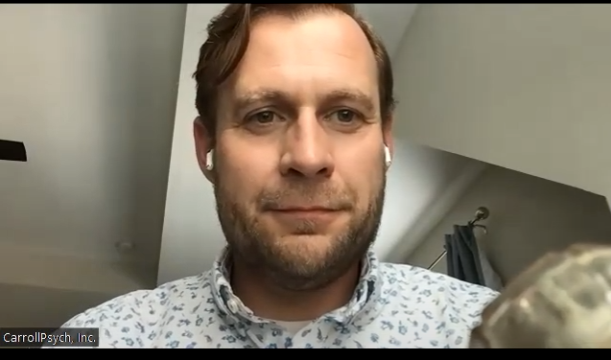I am a coach by nature. So, when I see an employee struggle, my natural tendency is to put on my coaching hat and get to work.
I trust this instinct, but coaching, as vital as it is, may not always work. Sometimes, it is just dragging out the damage. And that is the moment when a coach’s natural strength can become a weakness.
A coach searches for the potential in every employee, what he or she could be and could do with the right energy and devotion to their work. However, there are employees who do not want to devote that much energy, or devote the time, to explore and develop their potential.
Every coaching moment dedicated to employees who do not match your own efforts limits the time and energy that could be utilized to help the highly performing employee. Maybe I will move the needle from unacceptable to marginal performance, and maybe I will have no impact at all. Meanwhile, the high performing employee gets less attention, and is not likely to improve.
High performers seek and want additional skills training and advice; they want honest evaluations; they want to be appreciated. Ands if they are ignored in favor of the lower performing it may lead to a decrease in their performance, or even worse, ignite a desire to leave and work for someone who gives them that time and attention.
As leaders, we want to focus on our strengths while we manage our weaknesses. Good leaders rely on others to excel in areas where they are not strong and leverage their best talents for success.
There is no personal resource more limited and more valuable than time. It cannot be bought with money. It cannot be increased with skill. It cannot be conjured through cleverness. The hours of the day are set, and the only way to find more time to leading others is to steal it from care of self and family.
When leaders spend the majority of our time leading in the rehabilitation of poor performers, we are squandering our most precious resource. We are giving the best of our selves, plus our time, to the people who, in the large majority of cases, will benefit the least.
Imagine this, and it will take a lot of imagination: Imagine Bill Belichick , the New England Patriots coach who has won more Super Bowls than any coach in NFL history, selecting me to be his quarterback in 2000. I am sure the time spent with Coach Belichick might have improved my passing game, but it would not have produced any coveted trophies., just a lot of wasted hours for him. In the non-imaginary world, he picked Tom Brady. And his time spent with Brady has led to all those Super Bowl championships.
The most precious resources should mostly go the best employees for the greatest “Return on Investment.” Focus your energy on that group. It helps them grow and can move the needle from excellent to exceptional for them and for your organization.
All employees deserve support, but remember, even the best coaches can’t turn the consistently poor performers into super stars.
Bryan G. Stephens is a former executive on a mission to transform the workplace. He is the founder and CEO of TalkForward, a consulting and training company, utilizing Bryan’s clinical and management expertise to develop managers and teams in a corporate environment. As a licensed therapist with strong understanding of developing human potential, he is dedicated to the development of Human Capital to meet the needs of leaders, managers, and employees in the 21st Century workplace.
Bryan has an Executive MBA from Kennesaw State University, Coles School of Business, and both a Master’s and Bachelor’s degree in Psychology.






